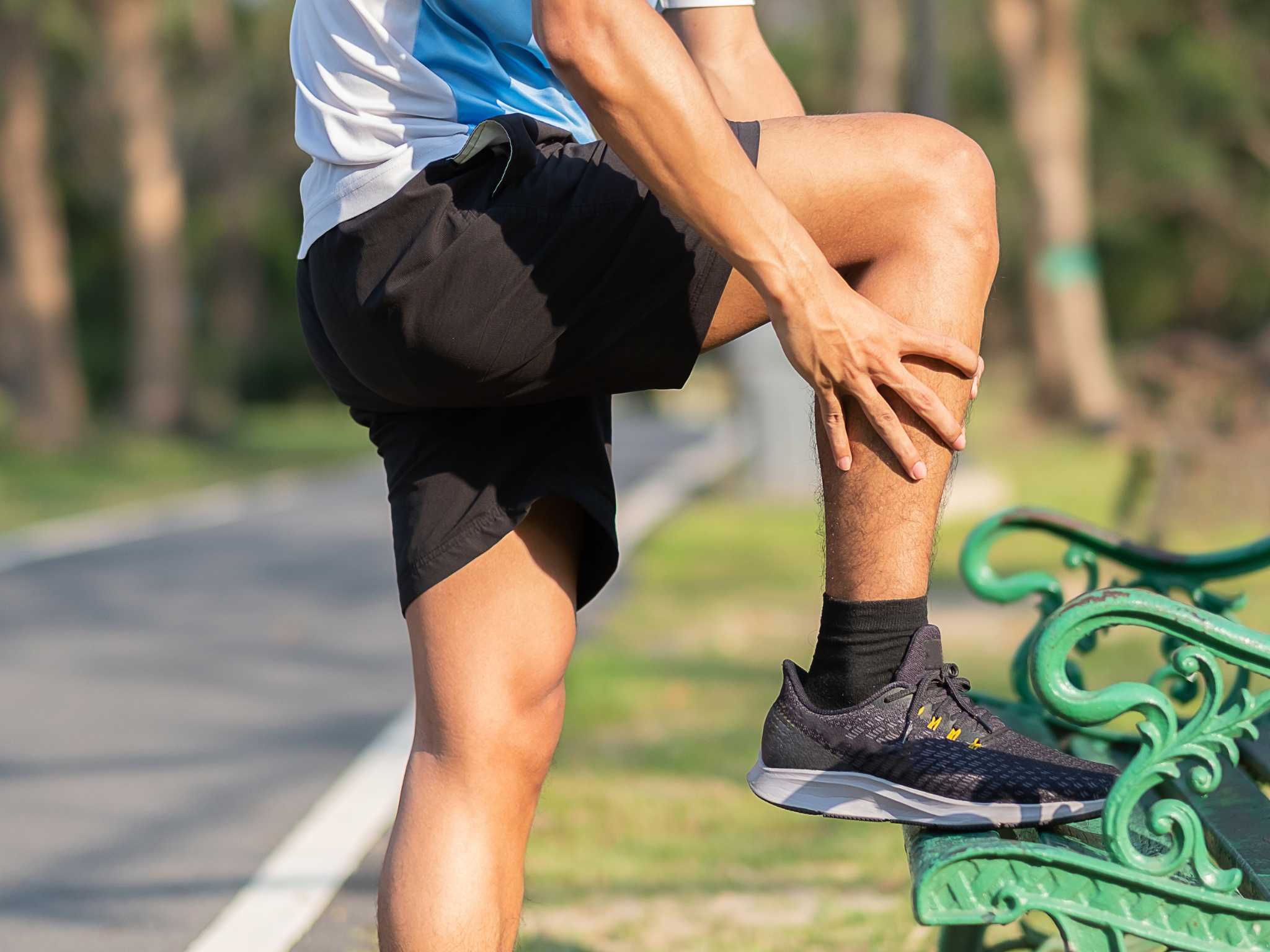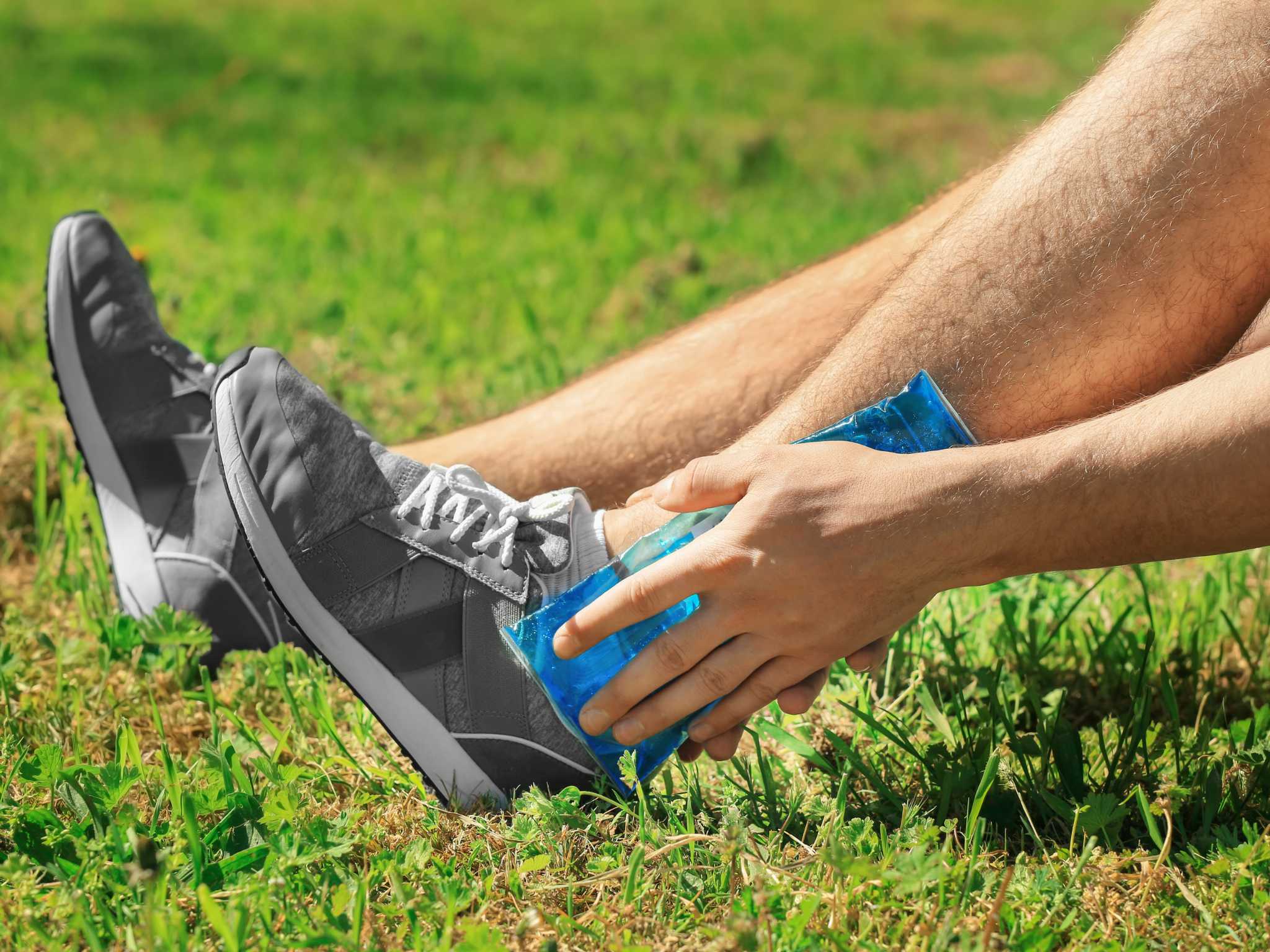Guide to Sports Injuries
Engaging in physical activity is a cornerstone of a healthy lifestyle, providing an array of benefits for both physical and mental well-being. However, the pursuit of an active lifestyle is not without its challenges, and one significant concern is the risk of sports injuries. Whether you’re a seasoned athlete or just beginning a fitness journey, a deep understanding of the causes, treatment modalities, and preventive strategies for sports injuries is paramount for ensuring long-term physical health and performance.
Causes of Sports Injuries
Sports injuries affecting the lower limbs can be broadly classified into two categories: acute injuries resulting from sudden force or impact, and overuse injuries caused by repetitive stress on specific areas of the body.
Acute Injuries
- Ankle Sprains: Occurring when ligaments surrounding the ankle joint are overextended or torn, typically due to a sudden rotation beyond the normal range of motion.
- Fractures: High-impact incidents can lead to bone breaks, with the toes and ankles being particularly susceptible.
- Turf Toe: Common in field sports, Turf toe involves a sprain at the base of the big toe caused by forceful upward bending, often exacerbated by cleats.
Overuse Injuries
- Stress Fractures: Characterized by small cracks along the bone’s surface resulting from repetitive force, leading to pain and potential worsening over time.
- Achilles Tendinitis: Inflammation of the tendons in the lower leg due to sudden increases in repeated activity, causing tiny tears and resulting in heel pain.
- Morton’s Neuroma: Involves thickening of nerve tissue at the ball of the foot, frequently seen in runners, causing pain, tingling, or numbness.
- Black Toenail: Common among runners, Black toenails involve blood collection beneath a toenail due to repetitive striking against a shoe, accompanied by throbbing pain and potential toenail loss.
Sports Injury Treatment
Regardless of the type of sports injury, early and appropriate treatment is crucial for optimal recovery. Treatment typically involves reducing or eliminating the activity causing the injury, allowing adequate time for healing. Physical therapy and rehabilitative exercises may be recommended to rebuild and recondition the affected area, preventing re-injury.
For acute injuries like ankle sprains, proper healing is especially critical to avoid long-term pain and instability. Seeking professional guidance for an accurate diagnosis and a tailored treatment plan is essential.

Prevention Strategies
While effective treatment is vital, preventing sports injuries should be a primary focus. Here are some comprehensive strategies to minimize the risk of injuries:
- Gradual Progression: Initiate any new activity slowly, progressively increasing intensity over several weeks to allow your body to adapt.
- Proper Conditioning: Ensure your body is adequately conditioned for the demands of your chosen activity, reducing the risk of overuse injuries.
- Appropriate Equipment: Use the right equipment and gear for your sport or workout to provide necessary support and protection.
- Listen to Your Body: Pay attention to any signs of discomfort or pain. Ignoring these signals and pushing through can lead to serious injuries.
- Professional Guidance: To ensure your exercise plan aligns with your fitness goals and your current physical condition, consult with our experienced team.
- Nutrition and Hydration: Maintain a well-balanced diet and stay adequately hydrated to support your body’s overall health and resilience.
The Role of Rest and Recovery
In addition to preventative measures, emphasizing the importance of rest and recovery is crucial in mitigating the risk of sports injuries. Rest allows the body to repair and strengthen itself, reducing the likelihood of overuse injuries. Incorporating rest days into your training schedule and prioritizing adequate sleep are fundamental components of a well-rounded fitness regimen. Moreover, exploring complementary practices such as yoga or flexibility training can enhance your body’s resilience and promote overall athletic longevity.

The Psychological Aspect of Sports Injuries
Beyond the physical realm, acknowledging the psychological impact of sports injuries is essential. Coping with an injury often involves navigating emotions such as frustration, disappointment, and, in some cases, anxiety about returning to physical activity. Mental resilience is a key component of injury recovery, and seeking support from mental health professionals or sports psychologists can be beneficial.
A comprehensive approach to sports injuries involves understanding their causes, pursuing effective treatment, implementing preventive strategies, and recognizing the importance of rest and mental well-being. By combining these elements, individuals can embark on an active lifestyle with confidence, knowing they are equipped with the knowledge and tools to navigate and minimize the risks associated with sports injuries. Embrace the joy of movement, prioritize your health, and enjoy the long-term benefits of a sustainable and fulfilling fitness journey.
Seeking Professional Care
In case of a sports injury, seeking professional care is essential for accurate diagnosis and effective treatment. Richardson Podiatry Center specializes in foot and ankle injuries, offering a range of conservative and surgical options. Don’t ignore the signs of a sports injury; call us today
Remember, prioritizing prevention and seeking prompt treatment can keep you active and injury-free in the long run. Your fitness journey should be a sustainable and enjoyable one, and a proactive approach to sports injuries plays a key role in achieving this goal. Embrace a holistic approach to your well-being, and let the pursuit of an active lifestyle be a source of joy and vitality throughout your life.
